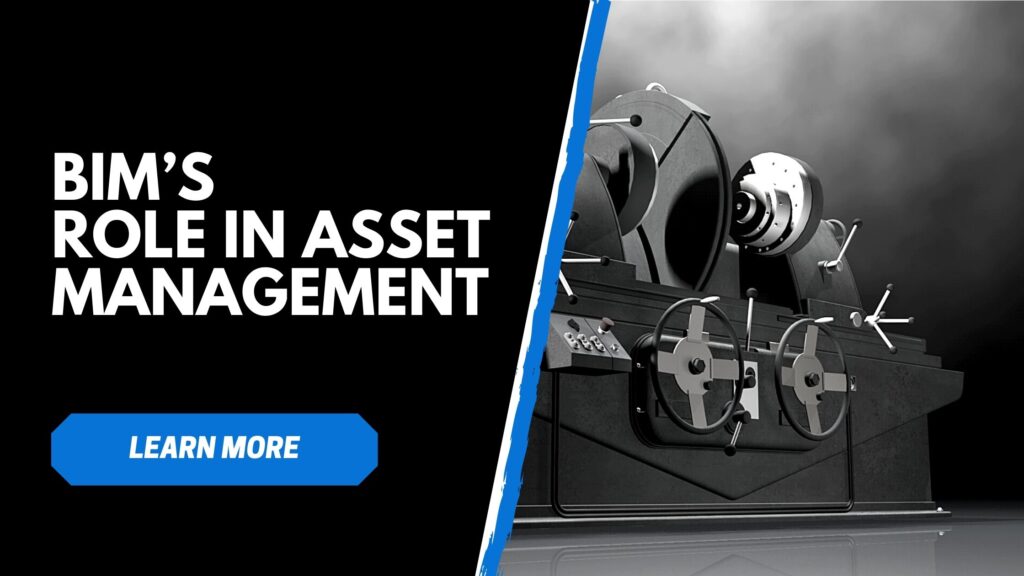The main focus of BIM asset management is to build a strong information management system, with this system the information can be shared with clients and all the teams. The information can be used to plan, design, maintain, manage the assets and help in taking the decisions, which cannot be done by traditional ERP systems and their sectors of work specifically Human resource and Finance.
The term BIM might not justify for the Construction industry and in Asset management but it is, as BIM includes from the very first phase from the construction project, starts from planning to designing, from 3D model to actual building, from time management to asset management. BIM starts with capturing the data from planning and feeding into the system, helps in designing the 3D model and provides the visualization to the clients that lead to taking the proper data-driven decisions. BIM helps in managing time and assets by keeping the track and providing the structured data to the asset management systems.
BIM’s modular approach helps in managing the time and helps in managing the labor efforts as well, resultant the efficient and accurate deliverables.
Survive or ceaseWith BIM:
The traditional ERP system deals with limited scope but combining the systems with BIM opens a broad scope for Asset management, the 3D modeling designs, and the structured output can be integrated to the ERP systems helps in managing the asset resources through the project life cycle and helps in reducing the cost. BIM works in the model of preventive measurement where the challenges can be overcome easily in the early phases rather than dealing with them at a higher cost and rework.
BIM with ERP can work as a flexible system and can integrate well, this leads to taking the efficient and accurate decisions. Both can work on a critical part of the project and can reduce the BIM management cost.
